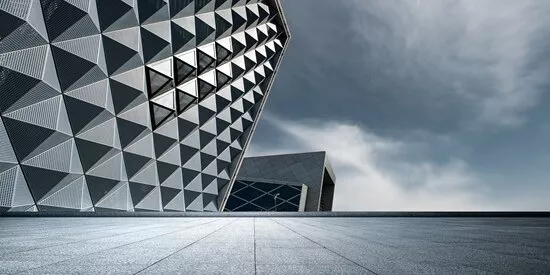
Ideal energy mix: realism needs to balance ambition
Who would be an energy minister? Fuel and gas prices are soaring, smaller suppliers are going bankrupt and the political opposition claims people will freeze to death during a winter of power cuts.
Green activists protest you are not decarbonizing fast enough, while others are blaming you for the big bet on renewable power that earned you praise just months ago.
Standing back, governments have three simple objectives when it comes to setting their ideal energy mix: achieving security of supply – in other words, keeping the lights on; doing so as cleanly as possible; and as cheaply as possible. The trouble is that these aims often end up conflicting. “Just look at Germany, whose decision to rapidly exit nuclear power has led to a 29% increase in coal output so far in 2021 - the year of COP26!”, says Lueder Schumacher, Head of European Utilities Research at Societe Generale. Or China, where a recovery in demand is clashing with tighter environmental restrictions, leading to electricity shortages and factory closures.
There is more at play here than bad luck, like Europe’s unusually calm summer which has reduced the output of its wind farms. Beyond such short-term factors, every country has to take into account its climate, which will determine the peaks and troughs as well as the overall level of power consumption; its birthright in terms of natural resources; and the attitudes of its citizens.
While the UK discovered oil and gas in the North Sea and Germany mined cheap, lignite coal, France found little mineral wealth and so turned to technology and developed an outsized nuclear industry. This has not only shaped each nation’s energy strategy but also its social attitudes, according to Emmanuel Turpin, Head of Equity Research at Societe Generale. Nuclear power, for example, is seen as an economically sensible option by a majority of French people, while their German neighbours abhor both the risks of running the reactors and the radioactive waste they produce. That is why President Emmanuel Macron affirmed last month that nuclear power was “absolutely key” to France’s future, while Germany’s Green Party, which is likely to be part of the next governing coalition, opposes not only coal and nuclear but even the import of Russian natural gas.
But even if every country has to work with the resources it has been given, there are some steps that all, or nearly all, nations can and should take. The first two are to promote lower carbon energy; and to increase efficiency by insulating homes, modernising transmission networks and automating power plants and factories. At the same time, steadily decarbonise existing infrastructure: replacing coal with gas, as many US utilities have done, can cut carbon emissions by up to two thirds.
When it comes to the fuel mix, settle on a source of clean power that can be realistically developed and scaled. Not every country is as lucky as Australia, with ample sun, wind and the space to take advantage of both. But those blessed with mountains can focus on hydropower, while those in volcanically active regions like the Philippines or Kenya can develop geothermal energy. Nations without any source of renewables will have to weigh up the social acceptability of nuclear and/or invest in ships, pipelines and interconnectors to import clean(er) power.

Since renewables are intermittent, however, almost everyone will need a supply of stable power to balance their electricity grid and ensure the lights do indeed stay on. Currently, that is usually gas and this is likely to remain the case for another decade or so – though, again, nuclear is an ideal source of baseload power if the voters will wear it. Ultimately, however, a lot of hope rests on hydrogen, which can be produced without emissions, used for long-term energy storage, transported in various forms, such as ammonia, and used to decarbonise hard-to-abate industrial sectors and long-haul transport.
The catch is that currently the cost of producing “green” hydrogen is at least 3-4 times that of conventional fuels and it will require the development of an entire value chain, from storage and transport to new applications and end markets – all initially supported by generous subsidies – to enable production to scale up to the point where its cost will become competitive. Challenging as it sounds, this strategy worked for renewables; and with policymakers around the world supporting this simple gas, the political will exists: over 30 countries have released hydrogen road maps and industry is planning to invest some $300 billion through 2030, according to McKinsey. “The money is there”, says Olivier Musset, Global Head of Energy at Societe Generale, “what we are lacking is the projects.”
In the end, then, the policy prescription is straightforward: fast-track zero carbon energy both in the long-term (hydrogen) and the short-term (renewables, if you have them, nuclear if you can); decarbonise your existing infrastructure by switching from dirtier fuels like coal to cleaner ones like gas; and do everything you can to enhance energy efficiency. Above all, don’t let the perfect be the enemy of the good, since every emission you save makes a contribution to a cleaner world.





